Formerly the state capital of Hesse, Kassel is a grander and more architecturally varied city than its size and relative obscurity would suggest. And in the course of a visit to the 14th edition of Documenta, you’ll see a lot of it. Working your way around ‘Learning from Athens’, as it calls itself, you’ll pass through a disused subterranean train station, a factory complex once used to build Nazi panzers and rockets, the gardens of an 18th-century palace, several cinemas and an enormous pair of city gate posts, which have been completely covered in jute sacks by artist Ibrahim Mahama. In the course of my 24-hour stay, I got to just under half of the venues, but still notched up 11.9 miles on the pedometer. Given the number of long video pieces, I suspect you’d need more than a month to check off every exhibit on the list.
Is it worth it? To read about this Documenta’s troubled genesis, you wouldn’t bet on it. The event is split between Kassel and Athens; the first part of the exhibition, hosted by the Greek capital (and acknowledged in the title of the Kassel show), was met with critical indifference and public opprobrium. Before it even opened in April, Yanis Varoufakis, Greece’s former finance minister, compared hosting a high-profile German art show in austerity Athens to ‘crisis tourism’. Documenta, as one activist slogan had it, was not ‘learning’ but ‘profiting from Athens’.
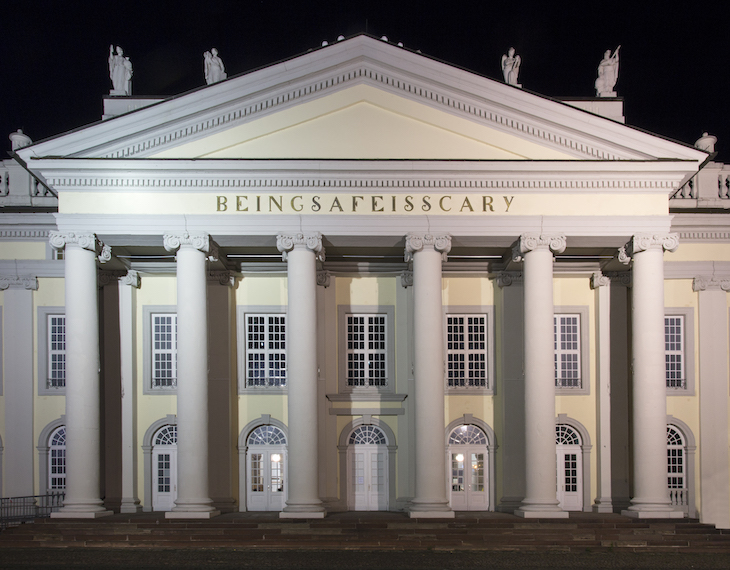
BEINGSAFEISSCARY (2017), Banu Cennetoğlu. Friedrichsplatz, Kassel, Documenta 14. Photo: Roman März
Above the portico of the neoclassical Fridericianum museum, artist Banu Cennetoğlu has replaced the institution’s name with the words ‘Being Safe is Scary’. In the Friedrichsplatz directly behind, Marta Minujin’s scale replica of the Parthenon is under construction, created from copies of banned books bound to a metal skeleton with clear plastic sheets. On the Konigsplatz a few streets away, Nigerian-American artist Olu Oguibe has erected an obelisk bearing the phrase, ‘I was a stranger and you took me in’, written in English, German, Turkish and Arabic. Seen out of context, these monumental, geopolitical statements dotted around the city can appear empty.
If it’s bold, arresting visuals you’re after, however, this Documenta will exasperate you. The venues are packed with archival material, from Cornelius Cardew scores to George Maciunas’s exhaustive, hand-drawn maps of Russian history. Video art is similarly ubiquitous, with films sometimes running well over 60-minutes. That said, the material chosen is largely fascinating, and it is exhibited in a no-nonsense fashion that veers away from curatorial hand-holding. Rather than concentrating on poorly translated curatorial essays, you are obliged to look at what’s in front of you and make your own mind up. For the most part, I found myself in a double bind; gripped to individual films and vitrines of documentary material, yet impatient to find out what would come next.

The Iron Table (Homage to Jane Bowles) (2002), Nairy Baghramian. Installation view, Hessisches Landesmuseum, Kassel, Documenta 14. Photo: Michael Nast
Kassel’s many museums all play host to Documenta, and they have been sensitively chosen with their character and collection in mind. At the recently reopened Hessisches Landesmuseum, for example, we see galleries full of fascinating objects chronicling the history of the region from the Palaeolithic age to the 20th century, interspersed with rooms containing sculpture by Berlin-based artist Nairy Baghramian and a gripping (and, again, very long) film about the aesthetics of the Cold War-era Non-Aligned nations by director and theorist Naeem Mohaiemen. At the Museum for Sepulchral Culture, a museum dedicated to burial culture, performance and conceptual pieces exploring mortality are scattered sparingly amongst memento mori and sections devoted to Zoroastrian and Animism funeral rites. These contemporary works would be slight in isolation, but the cumulative effect of seeing it interspersed with the museum’s collection creates an atmosphere akin to immersive theatre.
The Neue Galerie, meanwhile, offers an exhibition heavy on early Soviet art (Pavel Filonov is particularly well represented) alongside a fine selection of work by nonagenarian Romanian artist Geta Brătescu, a mystical sound installation courtesy of Pope L (winner of this year’s Whitney Biennial Bucksbaum Award) and several vitrines dedicated to the astonishing career of Lorenza Böttner, who lost his arms in a childhood accident but learned to paint with his feet and mouth. Across a series of paintings, drawings and photographs, we discover how Böttner repeatedly played on his/her identity, through self-portraits that variously depict him/her as beefcake hunk, fierce drag queen and 1950s Hollywood starlet.
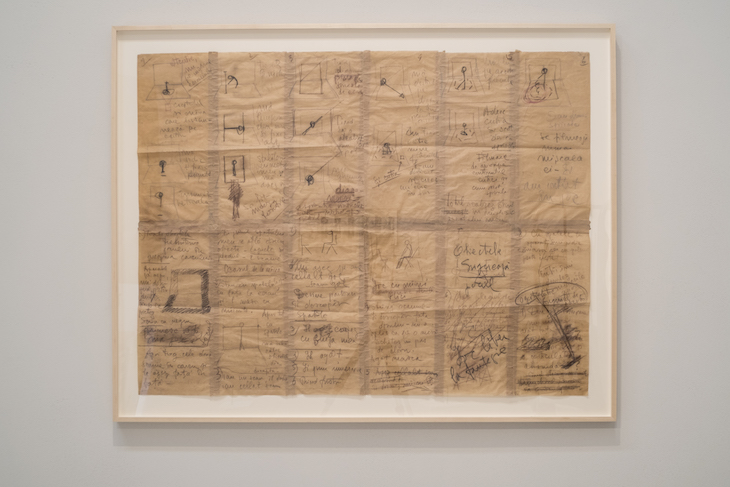
Atelierul: Scenariul (The studio: The film script) (1978), Geta Brătescu. Museum of Modern Art, New York. Installation view, Neue Galerie, Kassel, Documenta 14. Photo: Mathias Völzke
Best of all is a side gallery at the Grimmwelt Kassel, a museum dedicated to the Brothers Grimm, who worked as librarians here in the early 19th century. Illustrations based on A Merchant of Venice drawn blind by Israeli artist Roee Rosen line the walls, providing a backstory to Shylock’s character in which he falls victim to a pogrom. In the centre of the room, there is a poignant display case containing a record of the correspondence and close friendship between Latvian avant-garde theatre director Asja Lācis and Walter Benjamin. Imprisoned during one of Stalin’s purges, Lācis only found out about Benjamin’s death in flight from the Nazis years after the end of the Second World War. Elsewhere, there are sections of a mural painted for a school in Nazi-occupied Poland by artist and author Bruno Schulz, depicting scenes that could have come straight out of a Grimm fairytale. Schulz, who was Jewish, was commissioned to paint the mural by a Gestapo officer, in exchange for protection – he was executed shortly after its completion.

The Dust Channel (2016), Roee Rosen. Installation view, Palais Bellevue, Kassel, Documenta 14. Photo: Daniel Wimmer
All this is great. But what, if anything, has Kassel’s Documenta ‘learned from Athens’? There’s that Parthenon replica, and the Fridericianum has been devoted in its entirety to works from the fledgling collection of Greece’s National Museum of Contemporary Art. Beyond that – and the fact that the press material privileges Greek over English as its second language – the canvas of this thematic umbrella has been stretched so thinly as to be transparent. More problematically, the best venues here favour the historical over the contemporary. This left me wondering whether the sceptics might be right in concluding that the contemporary art world is impotent to address the topical political and social concerns that this Documenta sets out to explore.
Then again, it may simply be too early to tell. In a period of uncertainty, it surely stands to reason that the art of the moment reflects life. My visit to Documenta took place against the surreal backdrop of the UK General Election; I learned of the final results just minutes after seeing a 2017 installation by Greek sculptor Costas Varotsos, featuring the flags of EU member states digitally printed onto panes of glass and strewn across the floor in shatters. British visitors will not fail to note that the Union Jack is pointedly absent. Democracy, as recent events alluded to in Documenta have taught us, is intrinsically unpredictable. Perhaps we still have much to learn from Athens.
‘Documenta 14’ is at various venues around Athens (until 16 July) and Kassel (until 17 September).
Unlimited access from just $16 every 3 months
Subscribe to get unlimited and exclusive access to the top art stories, interviews and exhibition reviews.

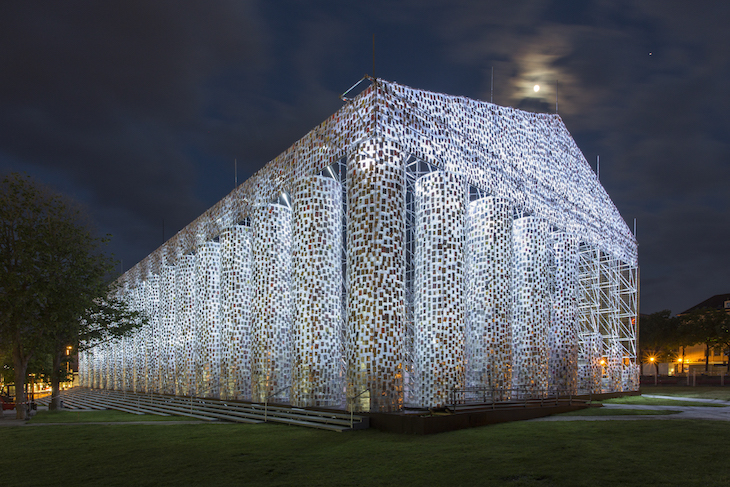
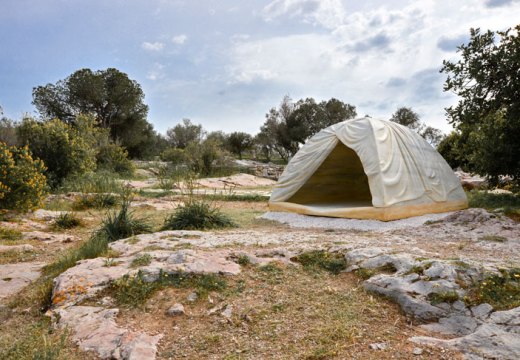
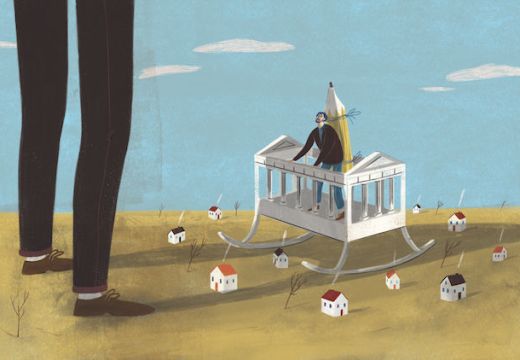
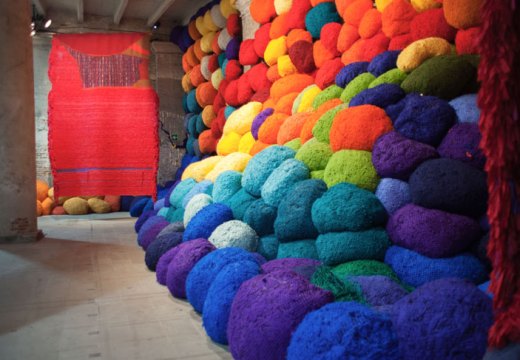









![Masterpiece [Re]discovery 2022. Photo: Ben Fisher Photography, courtesy of Masterpiece London](http://www.apollo-magazine.com/wp-content/uploads/2022/07/MPL2022_4263.jpg)
It’s time for the government of London to return to its rightful home